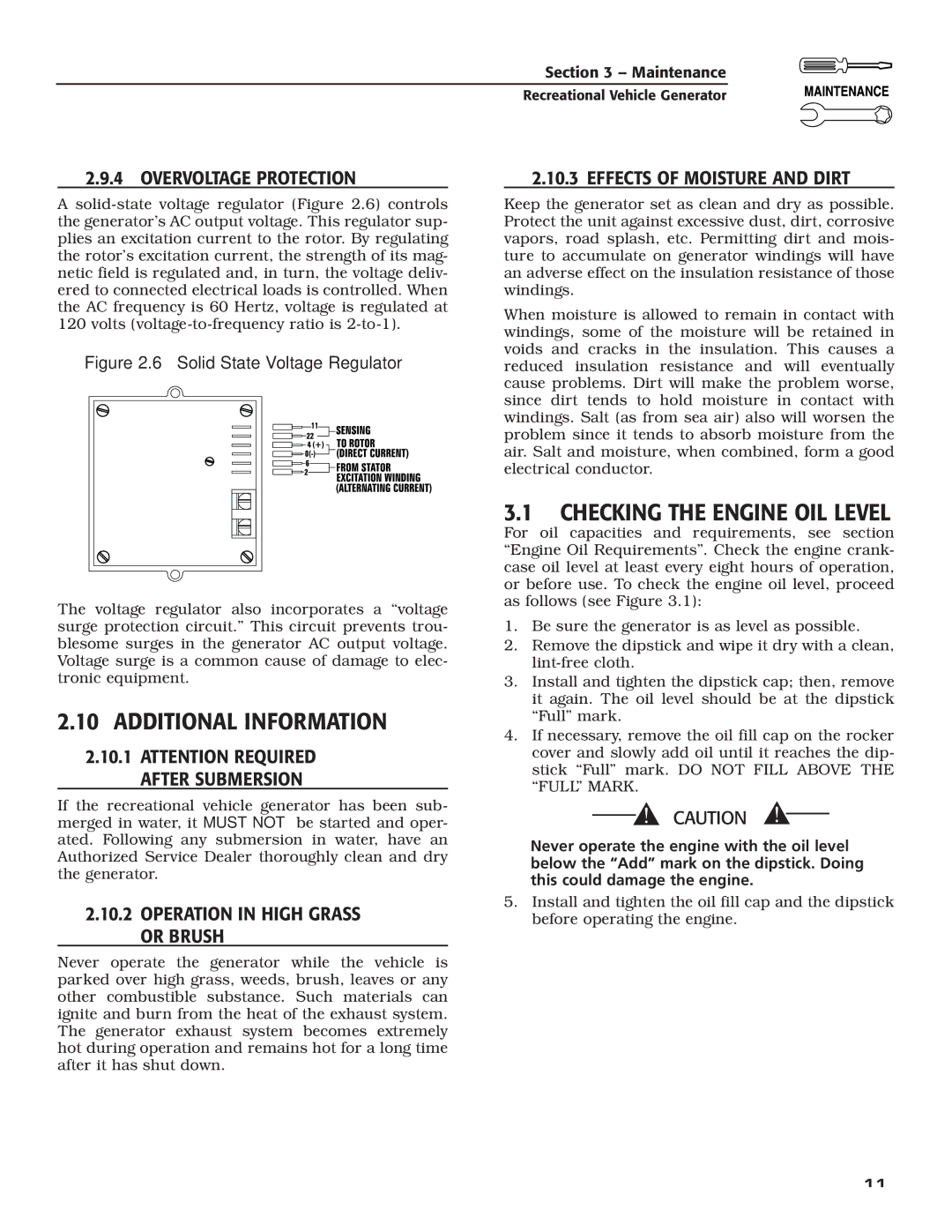04164-3, 02010-2 specifications
Guardian Technologies is proud to present the innovative 02010-2,04164-3 model, a standout product in its line of advanced air quality solutions specifically designed for modern homes. This cutting-edge air purifier is engineered to enhance indoor air quality, making it essential for those who prioritize a clean living environment.One of the main features of the Guardian Technologies 02010-2,04164-3 is its powerful three-stage filtration system. This includes a pre-filter, a true HEPA filter, and an activated carbon filter, which work synergistically to capture a wide range of airborne pollutants. The pre-filter traps larger particles such as dust and pet hair, while the HEPA filter is capable of capturing 99.97% of allergens as small as 0.3 microns, including pollen, smoke, and mold spores. The activated carbon filter effectively reduces odors from pets, cooking, and smoke, providing a fresher living space.
In addition to its robust filtration capabilities, the 02010-2,04164-3 is equipped with Guardian Technologies' proprietary UVC light technology. This feature helps to further reduce airborne bacteria and viruses, giving users added peace of mind, especially in today’s health-conscious world. The UVC light works in conjunction with the filtration system to ensure a comprehensive level of air purification.
Another notable characteristic of this model is its compact and stylish design, making it suitable for any room in your home, whether it be the living room, bedroom, or office. Its lightweight construction allows for easy portability, letting users move it as needed for maximum efficiency.
The Guardian Technologies 02010-2,04164-3 also boasts user-friendly features, including a programmable timer and multiple fan speeds, allowing users to customize the airflow according to their preferences. Additionally, the quiet operation ensures that it does not disrupt daily activities or sleep, making it perfect for nighttime use.
In summary, the Guardian Technologies 02010-2,04164-3 air purifier combines advanced filtration technology, UVC light purification, and user-friendly features in a sleek design. It is an excellent choice for anyone looking to improve indoor air quality and create a healthier living environment.

